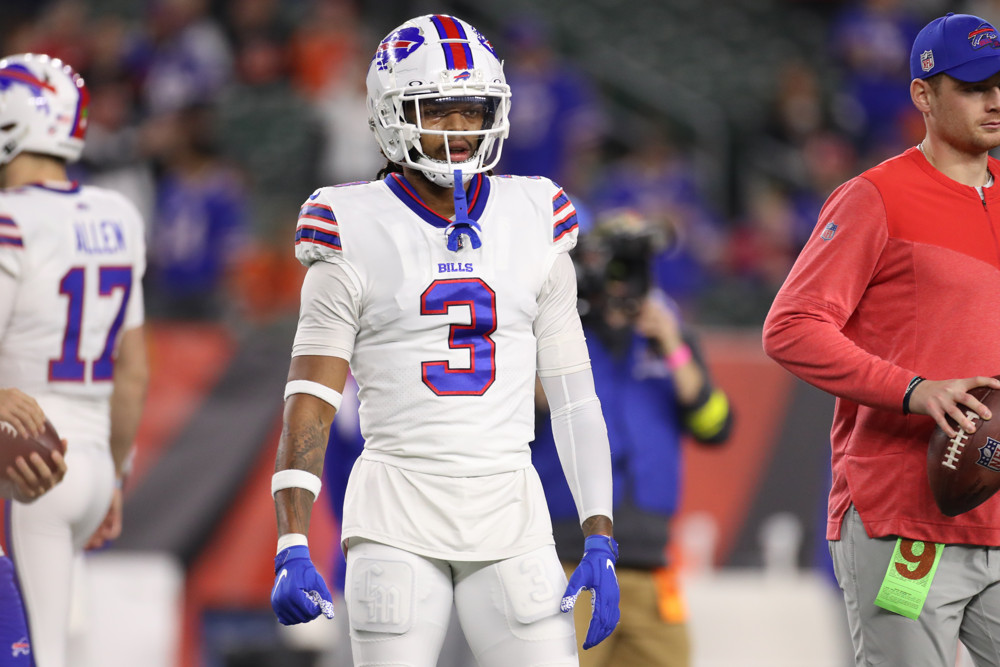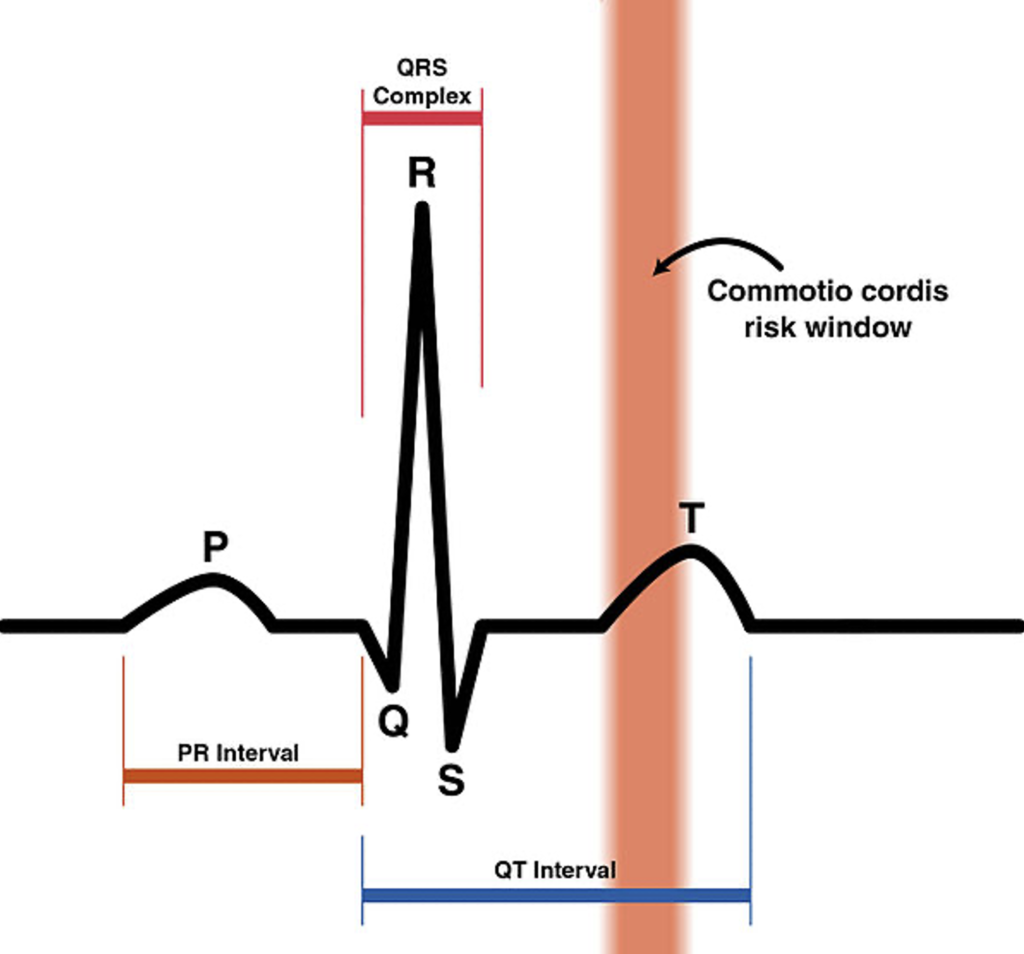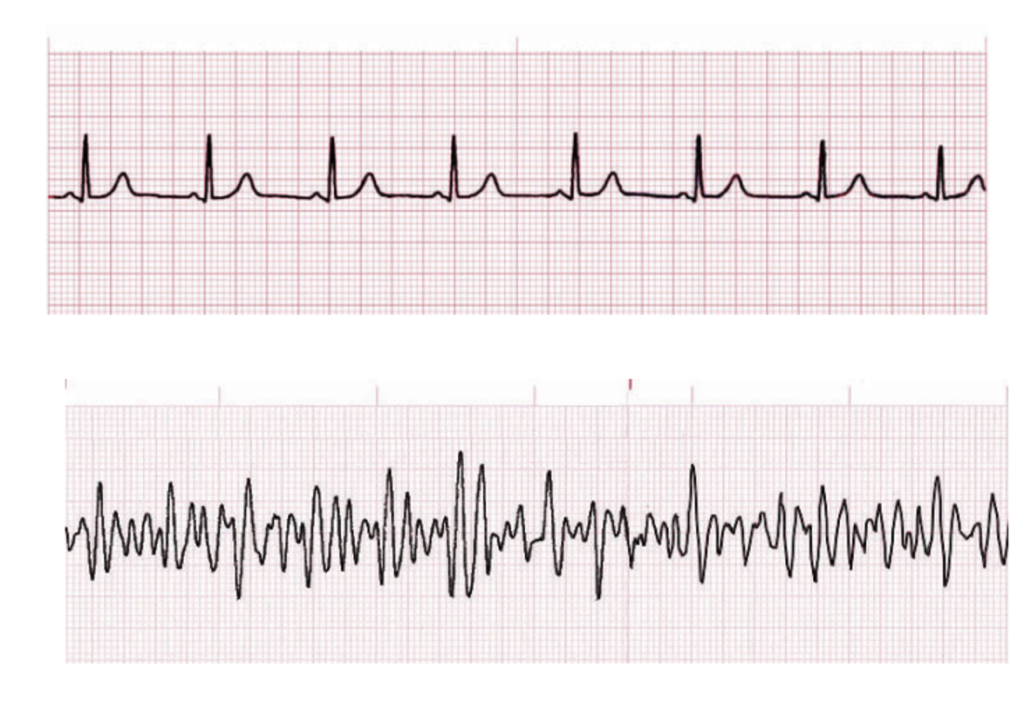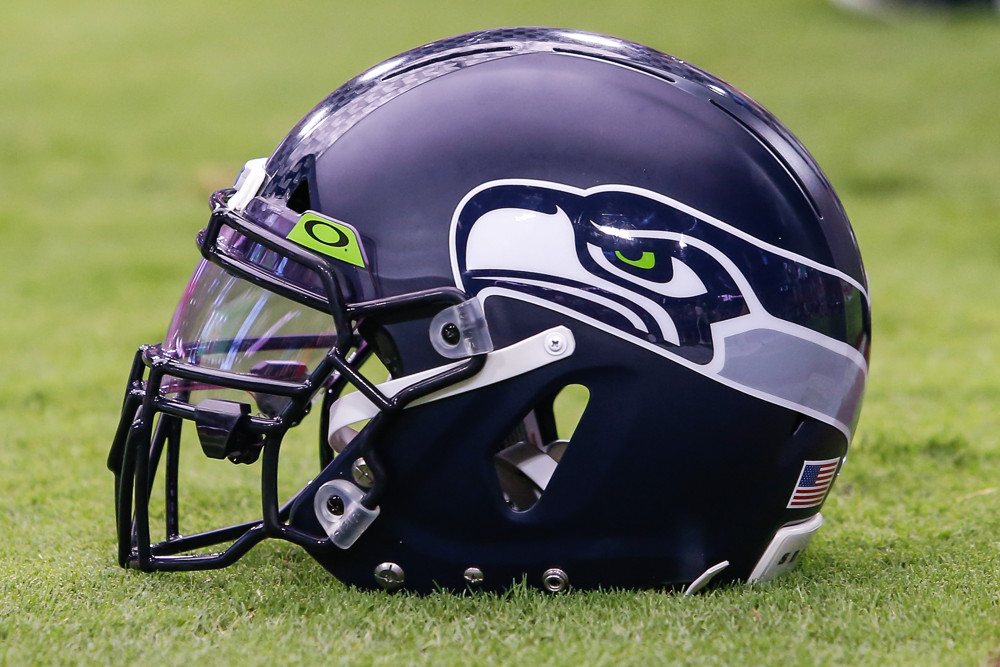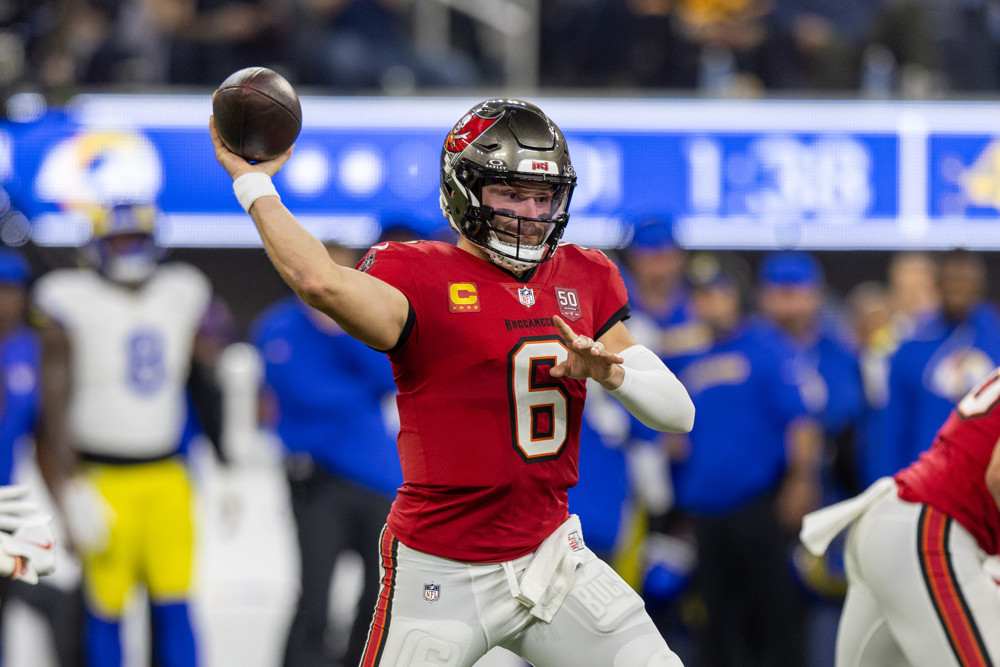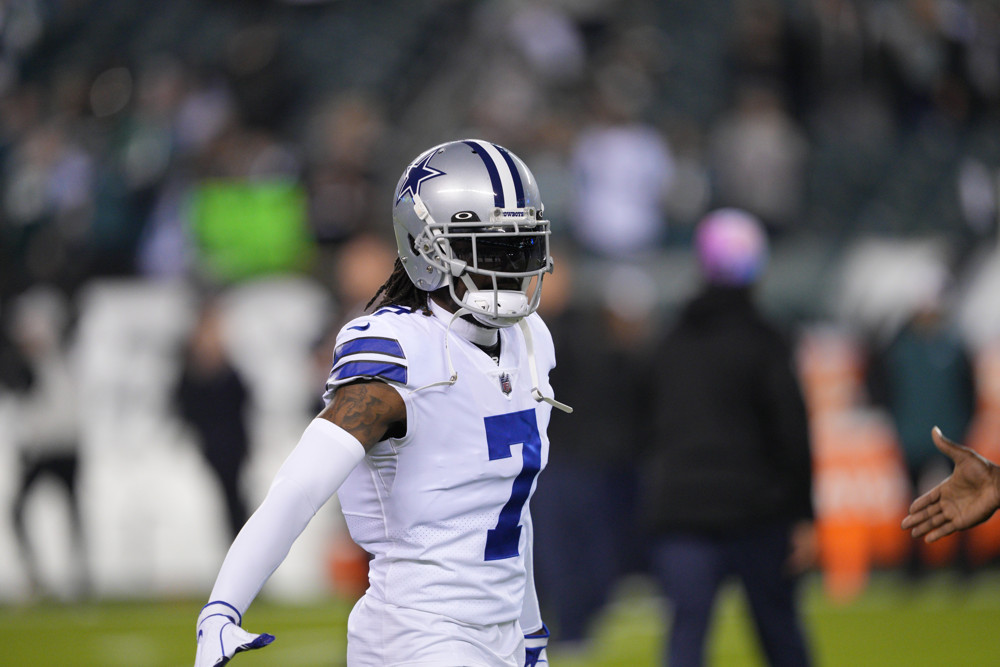Last night the NFL community held their breaths as Damar Hamlin collapsed on the field following what looked like a routine tackle on Bengals WR Tee Higgins. Damar got back to his feet and then suddenly fell back to the ground as players from both teams immediately called for medical assistance.
The Physicians, Athletic Trainers, Paramedics and support staff all did an amazing job as has been reported multiple times by the teams and broadcasters to provide immediate life saving care to Demar Hamlin. The medical staff swiftly assessed the player and then, by report, started CPR – which includes well scripted and rehearsed cardiac and pulmonary measures to immediately resuscitate Damar. He was then loaded into the ambulance and transported to University of Cincinnati (UC) Medical Center where he was reported to be intubated (breathing tube in his trachea), and vitals stabilized. He will then undergo further testing.
The Buffalo Bills officially reported that Hamlin suffered a cardiac arrest and that his heartbeat was restored on the field where he was then transported and listed in critical condition at the UC Medical Center. Cardiac events can happen for a variety of reasons, however, in such a young fit athlete these are quite rare events. One of these rare conditions that occurs when there is a blunt trauma to the heart is called commotio cordis. In Latin this means, “agitation of the heart” and happens when an individual takes a blunt force directly to the front of the rib cage (chest wall), causing a brief trauma to the heart muscle. Now, if the blunt trauma occurs during a very specific time during the heartbeat (which is controlled by electrical impulses in the heart), and in particular during the repolarization phase of the heart beat electrical signal, it can cause a life threatening cardiac arrhythmia – which is generally ventricular fibrillation also known as V-Fib. The best way to bring someone out of V-Fib, according the American Red Cross, is: 1. Prompt recognition and activation of the emergency life support system; 2. Starting high quality CPR; 3. Early Defibrillation with a defibrillator; and 4. Transport to an advanced life support center. This is exactly the sequence of events that occurred on the field for Damar, and is a credit to the medical staff’s of both teams to provide collaborative life saving intervention.
This shows the exact timing in the cardiac cycle that commotio cordis is most likely to occur. The blow to the chest wall and subsequently the heart generally has to occur during this narrow window during the heart beat electrical repolarization phase.
What do we practice for an event like this in the NFL?
As a former head team physician as well as my training in the US Navy, we routinely rehearse the Emergency Action Plan (EAP). This is done by every NFL team and includes all the medical staff involved with player care. The EAP is rehearsed, in person at the beginning of every season, on the field where their team’s home games are played, as well as any practice facility. There is a printed EAP for every member of the medical team as well as the visiting team.
Not only does the medical team rehearse exactly for an event such as this, we also practice backboarding, cervical spine and lumbar spine handling precautions, and also how to handle the facemask, helmet, and pads. In addition, the location of all AED’s on the field is reviewed as well as roles of every team member.
It does not stop there. At sixty minutes prior to kickoff of every NFL game, the key members of the medical staff meet to review the EAP at the stadium, to ensure everyone knows their roles in case of an emergency, and to make sure everyone knows the closest Level I hospital trauma facility.
Well, what comprises the NFL medical team that provides life saving care on the sidelines?
All members of the medical team are well-versed in multiple aspects of NFL player care ane each has defined roles in case an emergency arises. We had more than 40 health care professionals on the field when I was a head team physician, and it was important that everyone knew their role, and is evidenced by the Damar event – this is the key to his rapid cardiac care. Many may not be aware, but there are a lot of medical professionals trained in specific areas to provide the highest level of care to NFL players.
Some of the key medical team members on the field of every NFL game include:
- Head team physician and/or Medical Director. Generally this person is an orthopaedic surgeon or musculoskeletal expert, but there are different types of physicians in this role.
- Head athletic trainer – helps to coordinate all levels of medical care for the team
- Assistant head athletic trainer(s)
- Airway management physician – generally this person is an emergency medicine physician, trauma surgeon, or anesthesiologist – someone who is highly familiar with dealing with a cardiac/pulmonary event.
- Visiting team medical liaison – generally an emergency medicine physician to assist with all aspects of medical care for the visiting team
- Ambulance team – Generally, these are seasoned veterans, including paramedics and EMT’s that have the capability for rapid sequence intubation as well as administration of cardiac medications. The ambulance team is one in which the teams have worked with, usually year in and year out and are highly familiar with not only the EAP, but also the roles and responsibilities of each member of the NFL medical team. They have the capability to provide all aspects of cardiac/pulmonary care capabilities on the ambulance which needs to be adjacent to the sideline, usually in one of the tunnels. They know the quickest route to the designate Level 1 trauma center.
- Unaffiliated neurologic consultants – there are 3 UNC’s (Unaffiliated Neurologic Consultants) whose primary job is to assess for concussion. There are two UNC’s (one on each sideline), and another in the booth helping spot for potential concussive events.
- ATC spotter – assists with the UNC and all aspects of recognition of a potential concussive event.
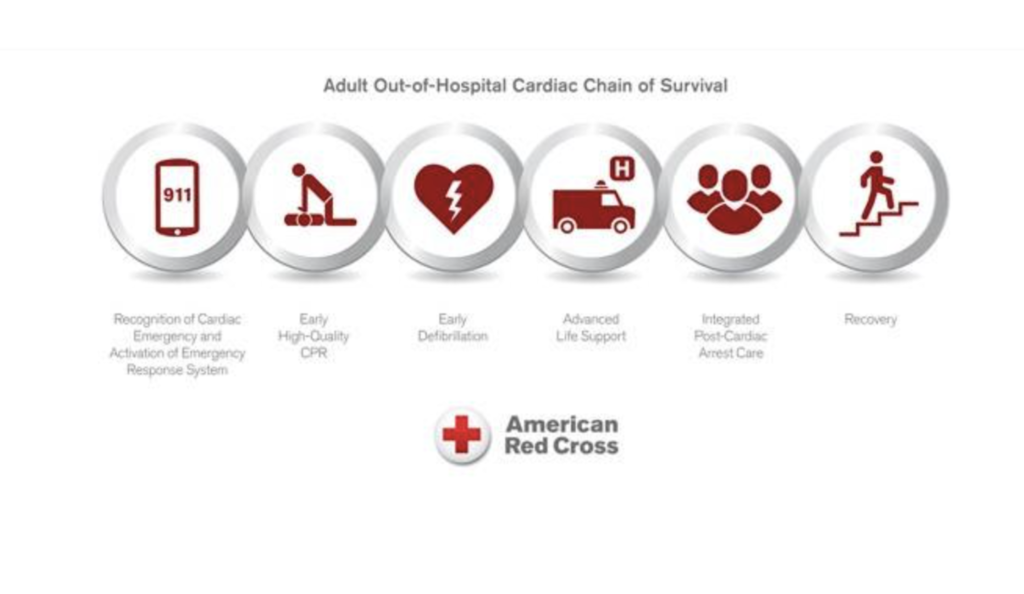
From: American Red Cross. Adult chain of survival when an out-of-hospital cardiac event occurs. For the NFL – this is rehearsed by medical teams, and 60 minutes prior to every NFL kickoff, the medical staff, ambulance team, and emergency medicine professionals meet to review the Emergency Action Plan – this is exactly what performed for Damar Hamlin, starting first with recognition, then high quality CPR, early defibrillation and then advanced life support to a Level 1 trauma hospital (University of Cincinnati).
What is Commotio Cordis?
Commotio Cordis is very rare – in fact, there have been just over 200 cases reported to the US Commotio Cordis registry since the mid 1990’s. Commotio cordis is more common in sports such as baseball, softball, lacrosse and hockey where a hard object (ball or puck) is moving at a high rate of speed and strikes the individual in the upper portion of the chest. In 2004, a Cornell Lacrosse player was struck in the chest stopping a shot on goal causing him to collapse and ultimately pass away following the impact. Although it was never confirmed that this was a true commotio cordis event, all signs pointed to this being a cardiac event that had typical features of commotio cordis.
Commotio cordis normally affects adolescents with a mean age of 15 years old. However, it can happen in adults especially that frequent athletic and contact sports. The most common sport in which commotio cordis occurs is youth baseball, generally involving the pitcher, catcher, or the batter. Chest protectors are also controversial in this condition as it has been shown that they may be of assistance, but other studies have not shown a conclusive benefit, as commotio cordis events have been documented despite the use of a chest protector.
An AED and rapid medical response are vital to the survival of individuals who suffer this. According to the National Commotio Cordis Registry, In a study by Maron, BJ et al. they found that though 75% of cases were from a projectile that was part of the game, 25% were caused by body contact or collisions with teammates and opponents1. Originally it was thought that resuscitation was near impossible, but recent data shows that it has increased from around a 15% survival rate to greater than 50% in recent years2. A data point that can be likely thanked to quick care, good medical planning, and immediate availability of AED’s.
Thankfully, the medical staff was able to get Damar Hamlin’s heartbeat restored and to the hospital where he can get the cardiac care needed. Our thoughts and prayers are of course with him, his family and his teammates at this time while we wait for future news of the situation.
The upper image is a normal heart beat, known as normal sinus rhythm. The lower image is what the heart beat looks like in ventricular fibrillation which is the rhythm that generally happens after a commotio cordis event.
-
Maron BJ, Link MS, Wang PJ, Estes NA 3rd. Clinical profile of commotio cordis: an under appreciated cause of sudden death in the young during sports and other activities. J Cardiovasc Electrophysiol. 1999 Jan;10(1):114-20. doi: 10.1111/j.1540-8167.1999.tb00648.x. PMID: 9930916.
-
Link M, Estes N, Maron B, et al. Eligibility and Disqualification Recommendations for Competitive Athletes With Cardiovascular Abnormalities: Task Force 13: Commotio Cordis. J Am Coll Cardiol. 2015 Dec, 66 (21) 2439–2443.https://doi.org/10.1016/j.jacc.2015.09.045
